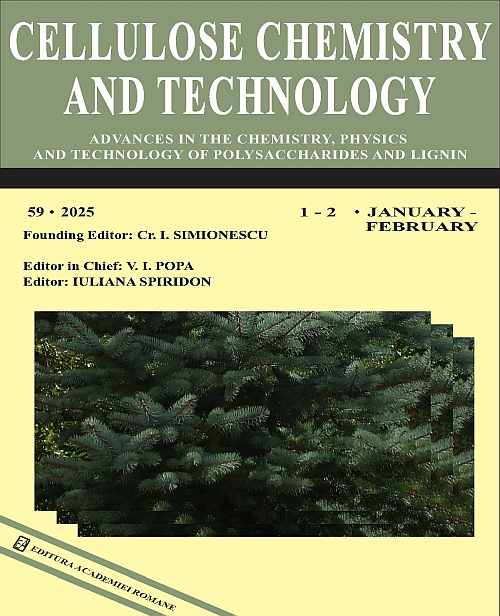|
Title
Preparation and characterization of ciprofloxacin loaded silk fibroin and graphene composite antibacterial film
Authors
RAKESH MUTHA, VISHAL SHRIRAO, SOPAN NANGARE and GANESH PATIL
Received
October 3, 2024
Published
Volume 59 Issue 5-6 May-June
Keywords
silk fibroin, graphene, ciprofloxacin hydrochloride, antibacterial, composite film
Abstract
The present research work focuses on the development of ciprofloxacin hydrochloride (CF)-loaded silk fibroin (SF) and
graphene (G) composite antibacterial films (CF@SF-G). In brief, the structural analysis, conducted using Fourier
transform infrared spectroscopy (FTIR), differential scanning calorimetry (DSC), X-ray diffraction (XRD), and scanning
electron microscopy (SEM), revealed the incorporation of CF, SF, G, and glycerol. It ensured the formation of a silk II
crystal structure with a β sheet conformation in all SF composite films. The composite films were fabricated by
incorporating inorganic ‘G’ as a filler and glycerol as a plasticizer to enhance mechanical properties. A comprehensive
characterization of the films was conducted, which included assessments of thickness, folding endurance, mechanical
strength, swelling index, drug content, moisture content, moisture absorption, water vapor permeability, antibacterial
activity, and in vitro drug release and permeation characteristics. Here, the results demonstrated that the addition of ‘G’
and glycerol to the CF@SF-G film (B-2) pointedly improved the mechanical properties of the SF composite films, as
well as their moisture absorption, antibacterial activity, and in vitro release profile of CF, all of which are beneficial for
wound healing. The B-2 sample exhibited superior elongation at break and flexibility compared to the pure SF films,
which can be attributed to the reinforcing effects of ‘G’ and glycerol. Additionally, the B-2 composite films demonstrated
good antibacterial activity, without compromising drug efficacy. In the future, such SF-based films can be used to reduce
the risk of infection at the wound site and accelerate the wound healing process.
Link
https://doi.org/10.35812/CelluloseChemTechnol.2025.59.59
|



